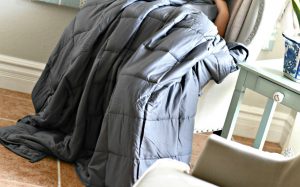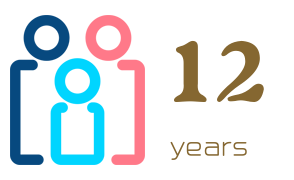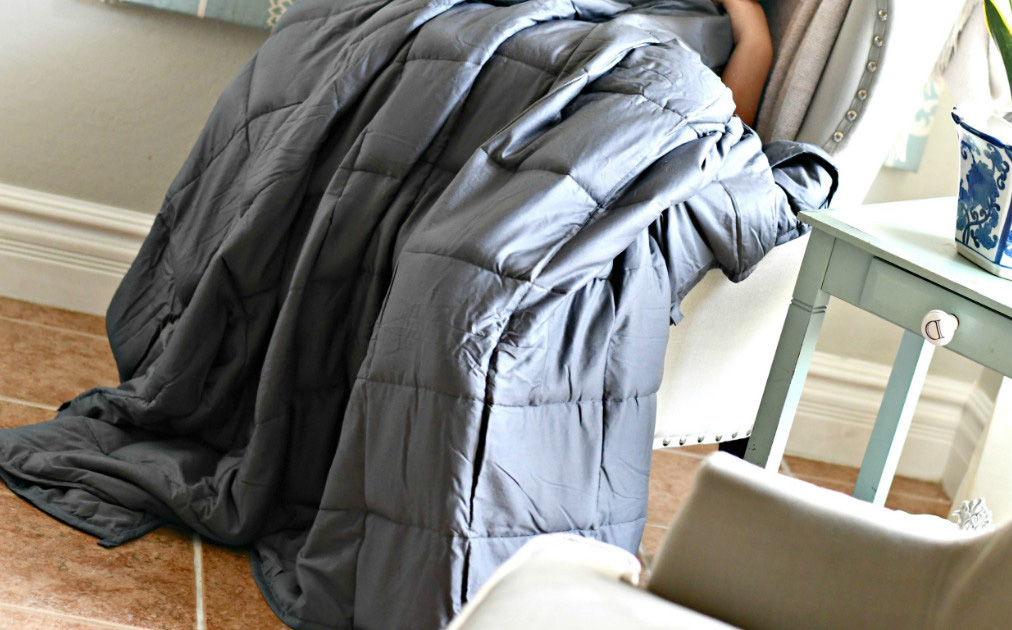Weighted Blanket

Weighted Blanket
weighted blankets were first used as therapeutic tools for children with severe anxiety, autism and post-traumatic stress disorder (PTSD). Much like the purpose of its origin story, which started in the mental health community, the weighted blanket is still used for achieving mental health balance and well-being today.
The reasoning behind their use was rather simple; they calmed down patients because they simulated a “hugging” sensation. The result was a soft and rather heavier blanket that produced a “grounding” feeling for children because of the deep touch pressure technology.
However, that was not the case in the beginning. People used rice, corn, beans, stones, popcorn seeds or anything else they could find to give the blanket an extra weight. Even though the pressure was there, once the quilt was washed, the organic ingredients inside would decay. While stones were more durable, they would break and rip the fabric.
In time, the design became far more sophisticated. Today, this is achieved with lead-free glass microbead. They are dispersed across the blanket in small pockets providing additional weight.
The other popular benefit that comes with the use of weighted blankets is reduced anxiety levels in the body, sleeping with a weighted blankets for adults with anxiety boosts the production of serotonin and oxytocin, which additionally stimulates the production of dopamine. That’s why the blanket has a calming and soothing effect.
Weighted Blankets may help those with:
- Sensory Processing Disorder
- Autism
- Asperger syndrome
- ADD/ADHD
- Fetal Alcohol Syndrome
- Dementia
- Alzheimer’s
- Down’s Syndrome
- Restless Legs Syndrome
- Cerebral Palsy
- Anxiety
- And more!
What can a Weighted Blanket do for you?
- Help you or your child sleep through the night
- Reduce anxiety and stress
- Ease restlessness and irritability in the elderly
- Prevent or short-circuit a meltdown
- Improve focus
- Ease transitions


